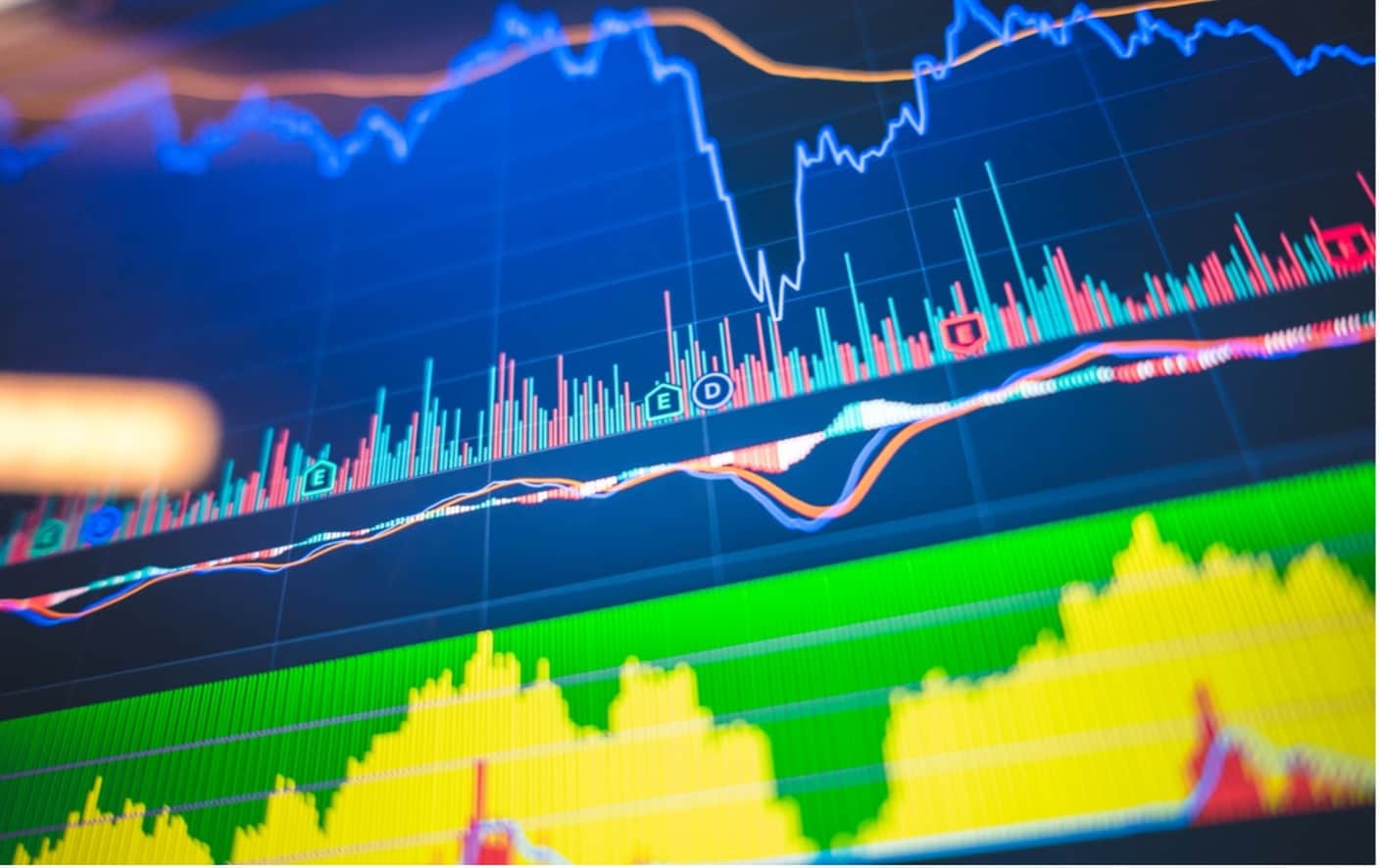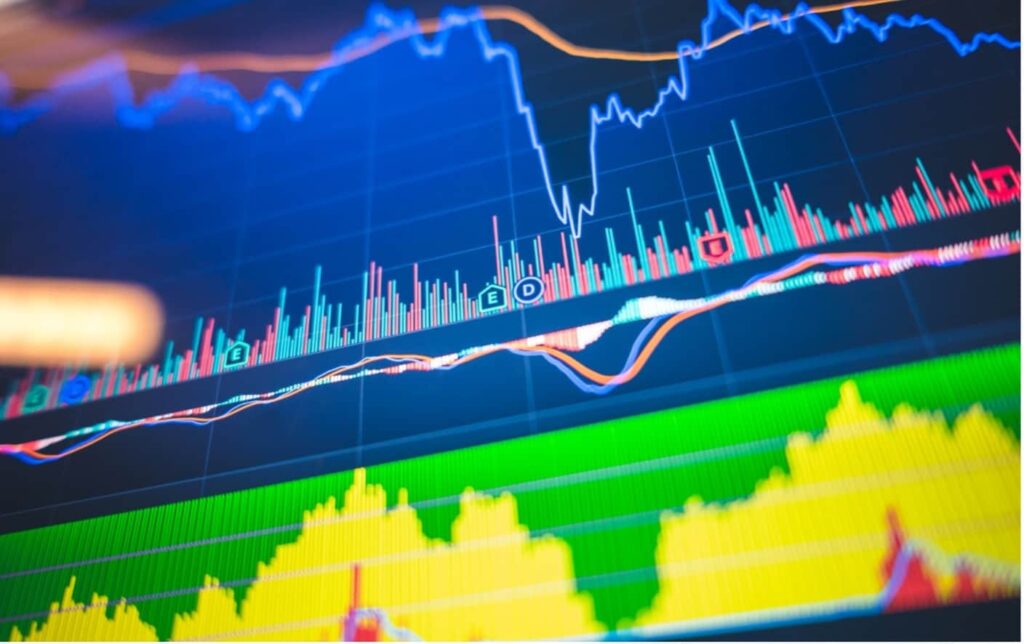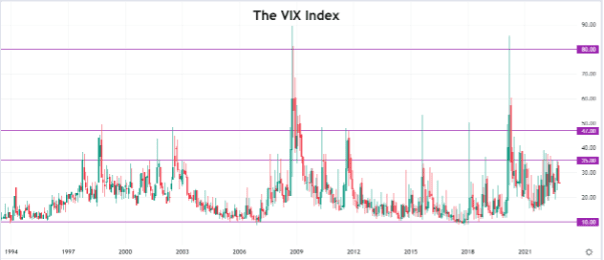

Most investors are familiar with the stock market and the major indices such the S&P 500, the Dow Jones Industrial Average, and the Nasdaq. But what about the VIX Index? The VIX Index is a measure of the implied volatility of S&P 500 options. In other words, it’s a measure of how much uncertainty there is in the market.
You might be thinking, why would I want to know about this? Well, as an investor, it’s important to be aware of all the different factors that can affect the broader market. As we’ll see, the VIX can be a useful tool for gauging market sentiment and making investment decisions. So, without further ado, let’s take a closer look at the VIX Index.
What Is the VIX Index?
The CBOE Volatility Index (VIX) was first introduced in 1993 by the Chicago Board Options Exchange (CBOE). The intention of this real-time exchange is to measure the expected volatility in the stock market over the coming 30 days and is derived from the S&P 500 index options (SPX).
In financial markets, volatility is mostly associated with large and unexpected price swings that often happen fast, which can create risky trading conditions. Traders refer to a market that is experiencing a lot of volatility as a ‘volatile’ market, and it is an important measure of market sentiment that indicates the degree of fear among market participants.

Image for illustration purposes only
The chart image above shows the price fluctuations of the VIX since its inception. Note how price mostly stayed between the 10 and 35 price levels, but during some periods, spiked towards the 47 price level and even went as high as the 80 price level.
When the VIX fluctuates between the lower 10 and 35 levels, the stock market tends to be stable, but during times of financial crisis or economic uncertainty, the VIX spikes higher. The time periods when the VIX spiked to the 47-50 levels can all be associated with specific periods of economic turmoil, fear and uncertainty.
In extreme cases, such as the 2007-2009 global financial crisis and the COVID-19 pandemic, the VIX experienced massive spikes that reached the 80-90 price levels.
How Does the VIX Index Work?
The VIX Index is a measure of volatility in the stock market, and it is calculated by taking the weighted average of the prices of put and call options on the S&P 500 index.
There are two methods used to measure volatility: historical and implied volatility.
The first method is based on historical volatility and employs statistical analysis of previous prices over a predetermined time period. By using historical data, different statistical calculations, including mean (average), variance and standard deviation, are generally used to measure volatility.
The values of the VIX Index are calculated using the second method, implied volatility (IV), which entails estimating its value based on implied option prices.
Options are derivative financial products, and the price of an option depends on the likelihood that the price of a particular market will increase by a specific amount (called the strike price or exercise price).
There are many inputs used to calculate the price of an option, such as the Black-Scholes model, but volatility affects the price of an option the most.
Put options are contracts that give the holder the right to sell a security at a certain price, while call options are contracts that give the holder the right to buy a security at a certain price.
Options prices tend to increase when there is market turmoil because investors are willing to pay more for protection against potential losses. The VIX Index spikes when there is a sudden increase in demand for put and call options, which happens when investors become more fearful.
How the VIX Values Are Calculated
Options are contracts that have specific expiry dates, and to calculate the VIX Index values, only the standard monthly SPX and weekly options data are used. The CBOE-traded SPX monthly contracts expire on the third Friday of each month, while the weekly options expire on all other Fridays.
Only SPX option expiry dates between 23 and 37 days are considered to calculate the VIX values.
The actual formula used to calculate the VIX Index values is mathematically complex and beyond the scope of this article, but in essence it only estimates the expected volatility of the S&P 500 index by gathering the weighted prices of many SPX put and call contracts over a wide range of strike prices.
The VIX Index values therefore gauge the market’s perception of which option strike prices are likely to be reached during the remaining time to expiry.
Trading the VIX Index
The VIX Index itself cannot be traded, but there are tradable derivative products that track the VIX that are regularly traded by active traders, institutional investors and hedge fund managers.
The CBOE introduced the first VIX-based futures contract in 2004, followed by VIX options in 2006. Other exchange-traded products (ETPs) such as the ProShares VIX Short-Term Futures ETF (VIXY) and the iPath Series B S&P 500 VIX Short-Term Futures ETN (VXXB) also track the VIX Index.
With these VIX derivative products, it became possible to gain direct exposure to pure volatility and to profit from the market’s perceived volatility forecast.
Conclusion
The VIX Index is an important measure of the market’s expectation of volatility over the next 30 days, which in turn can be used to forecast the potential direction that the stock market may take in the near future.
As traders, our investment decisions as a whole are captured on a price chart. When markets rise for an extended period of time, investors’ collective fears are at a minimum, but as soon as they start getting uneasy or worried that a potential downturn may happen, the fear levels rise.
The VIX Index was designed to gauge these levels of fear, and by reading into investor sentiment, predict possible future price movements in the stock market.
People Also Read
Forextraders' Broker of the Month
BlackBull Markets is a reliable and well-respected trading platform that provides its customers with high-quality access to a wide range of asset groups. The broker is headquartered in New Zealand which explains why it has flown under the radar for a few years but it is a great broker that is now building a global following. The BlackBull Markets site is intuitive and easy to use, making it an ideal choice for beginners.
